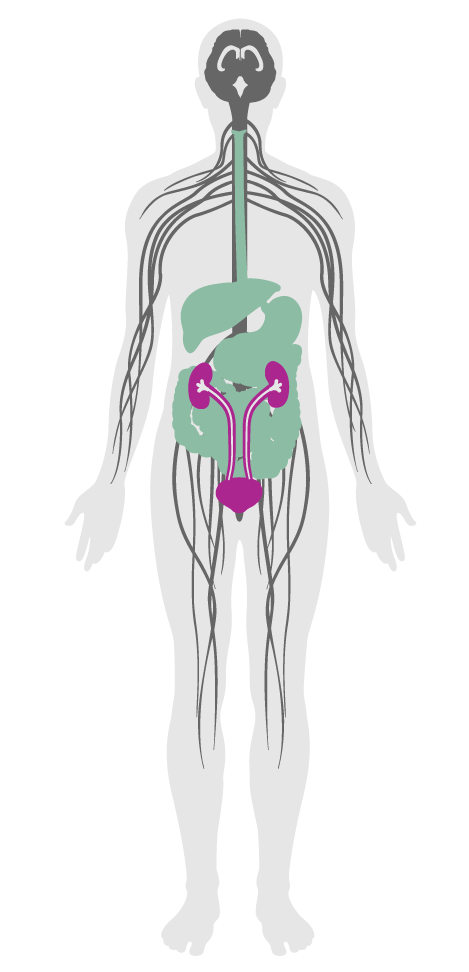Artificial ingredients
Features/Nourishment/Feature 43
- 38 Fruits and vegetables
- 39 Processed foods
- 40 Food allergies
- 41 Hand washing
- 42 Food contamination
- 43 Artificial ingredients
- 44 Nutritional information
- 45 Food advertising
- 46 Safe food preparation materials
- 47 Serving sizes
- 48 Special diets
- 49 Responsible food production
- 50 Food storage
- 51 Food production
- 52 Mindful eating
- P1 Food environment
- P7 Strategic Dining Design
Artificial ingredients
Intent:
To help occupants avoid artificial colors, sweeteners and preservatives in food.
BACKGROUND
Numerous artificial ingredients are typically added to highly processed foods to improve taste and extend shelf life. However, some people may be sensitive to these ingredients, such as sulfites, which can lead to breathing problems in individuals with asthma. Since these additives do not add nutritional value to a food, and tend to appear in foods with low nutritional qualities, they should be avoided as often as possible.
All foods sold or provided on a daily basis on the premises by (or under contract with) the project owner are clearly labeled on packaging, nearby menus or signage to indicate if they contain the following:
a.10
Artificial colors.
b.10
Artificial flavors.
c.10
Artificial sweeteners.
d.10
Brominated vegetable oils.
e.10
Potassium bromate.
f.10
BHA (Butylated hydroxyanisole).
g.10
BHT (Butylated hydroxytoluene).
h.10
Monosodium glutamate (MSG).
i.10
Hydrolyzed vegetable protein (HVP).
j.10
Sodium nitrate and sodium nitrite.
k.10
Sulfites.

